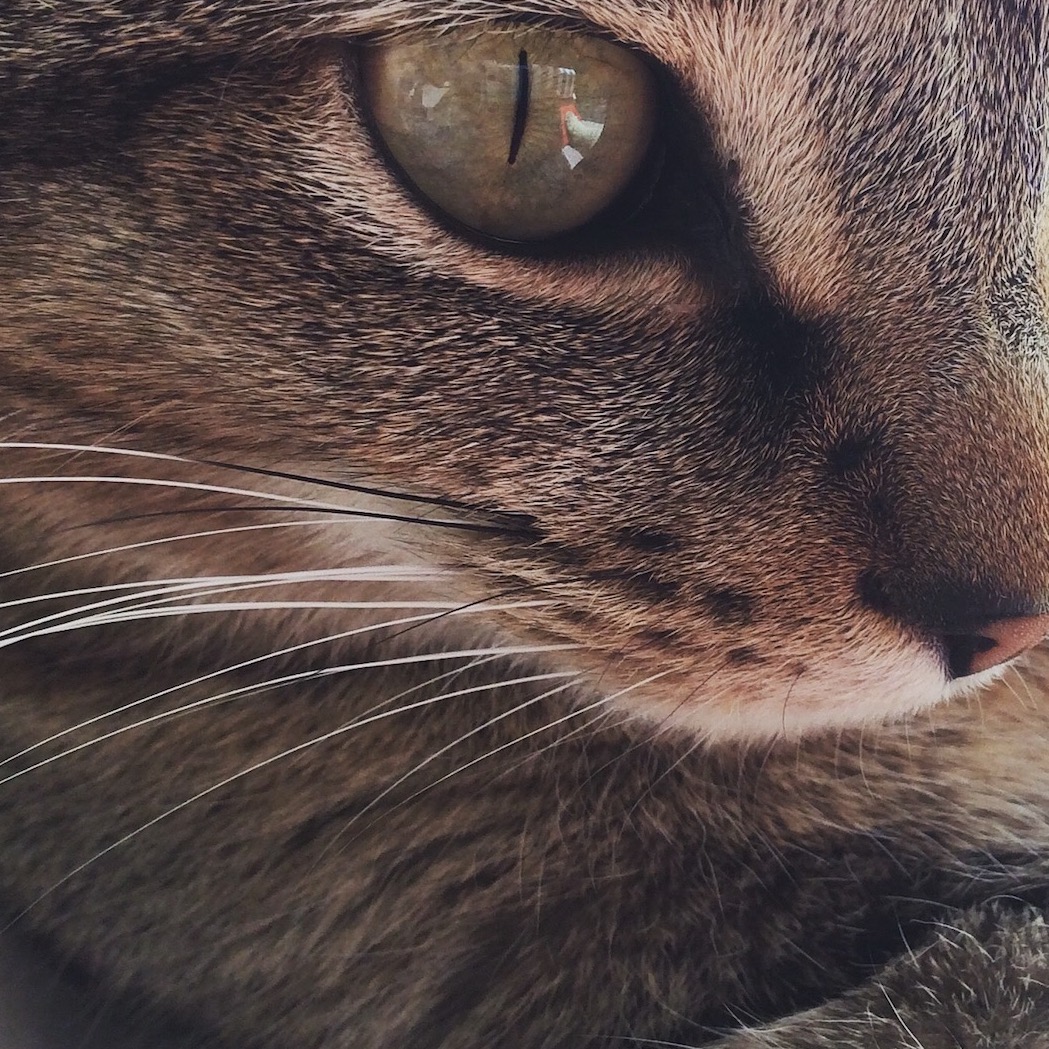A Few of My Favorite Things: The Cranberry Tradition
There are many traditions attached to the Thanksgiving meal in the United States. When we were children in school, we all probably heard some variation from our Kindergarten teachers about what was served that first Thanksgiving in 1621 when the Pilgrims and the Wampanoug Indian Nation sat down together to break bread.
For example, many people begin their Thanksgiving meal with a small plate containing five kernels of dried corn (not popcorn- more like roasted corn). This is commemoration of the legend of the Five Kernels of Corn, which says that during the harsh winter of 1620, when the company of 102 Pilgrims diminished to 50 due to exposure and sickness, there were days when the settlers had nothing more than 5 kernels of corn to eat. The legend served, and continues to serve, as a reminder to continue to give thanks to God even in the harshest of circumstance because He will provide a bountiful harvest. (Heather Wilkinson Rojo has a great post about this legend at her blog Nutfield Geneology if you’re interested in reading more about the tradition and the history surrounding it.)
However, when the the Pilgrims and Wampanoug sat down at their Harvest Home celebration together, we can be pretty sure about a few things that graced their table. We know from Governor William Bradford’s journals that men were sent out to hunt fowl, which means there was probably some sort of bird on the table be it turkey, goose, swan, or duck. Since the Pilgrims were recorded to have survived their brutal 1620 winter on water, fish, shellfish, ground nuts, water fowl, and the occasional deer, we can place a pretty safe bet that those dishes were also part of the spread.
And, while we can see where the turkey tradition has its roots, there is another dish that is part of the Thanksgiving tradition that certainly has its roots deep in this first dinner. Cranberry sauce.
The cranberry confections that sit on our tables bear little resemblance to the original cranberries that were at the first Thanksgiving, but they are a worthy homage nonetheless.
The Wampanoug as well as many other Indian Nations ate a lot of cranberries. They used them as food as well as for medicinal purposes. They also used them to dye fabrics and leather. In fact, they created a jerky type food known as pemmican by combining dried deer meat with crushed cranberries. (I image it could have tasted quite similar to this EPIC jerky, although it might not have been as flavorful.)
I’d say it’s a pretty educated guess to say that pemmican might have been at that first Thanksgiving. I’d also venture out on a limb and say that just plain ole cranberries were there, too.
And while plain cranberries are all very well and good, I must say that the evolution of the various cranberry relishes and sauces that are out there is an improvement on the berry itself. Adding sugar to cranberries and boiling them into a sort of jelly consistency does have roots that go back as far as 1630. But since sugar was not a readily available commodity for many decades to come, including it with cranberries at the traditional Thanksgiving feast is a more recent development. It’s popularity probably started on the upward progress in the mid- to late- 1800s.
I’m really not that great a fan of the gelatinous cranberry sauce that moulds itself to the shape of an Ocean Spray can. However, I do love cranberries, whether in a relish or a chutney. And because I enjoy my way around the kitchen, I have a recipe for each. And in the spirit of the Wampanoug, I’d like to share it with you.
The Cranberry Relish recipe belonged to my Nana. We make it with my Nana’s antique food grinder that clamps onto the countertop. However, you’re in luck. You don’t need Nana’s food grinder to make this Cranberry Relish for yourself. A food processor works perfectly. (In fact, if I’m honest, it probably works better and is much easier to clean.) What I particularly love about this relish is how incredibly fresh it is. It’s a great palette cleanser when you’re eating such a heavy meal.
The Cranberry and Apricot Chutney is one I’ve made so often and for so long, I honestly cannot remember it’s origin. I came across it years and years ago and have tweaked it a lot along the way, so it’s largely my own now. This one became a staple at our Thanksgiving dinner because my father, a native Californian, loved apricots. Stewed. Sauced. Fresh. Dried. He liked them anyway you made them. So when I found a recipe that incorporated poached dried apricots that absorbed the juices of boiled cranberries, I knew I had to make it. This chutney is much different from the relish. It’s more savory. Though you do boil cranberries and chopped apricots in a sugary syrup, the inclusion of apple cider vinegar and fresh zested ginger gives this cranberry chutney a tarty kick.
The Pilgrims brought the turkey tradition. The Wampanoug brought the cranberry one. And combined together, it’s a reminder to us of what a true and worthy celebration that first Thanksgiving was between people from totally different backgrounds who came together because they saw past their differences and nurtured those aspects that undergird all human experience- compassion, generosity, kindness. The first Thanksgiving was about giving thanks to the divine Providence who provided sustenance from the earth and community in the midst of hardship and loneliness. And, as odd as it might sound, when you’re spooning that cranberry side next to your turkey, remember to give thanks for the bountiful provision in your life, be it the food on our table or the friends surrounding it.
Do you have a particular family favorite recipe you’ll be making this Thanksgiving? Please, share it with us.





















